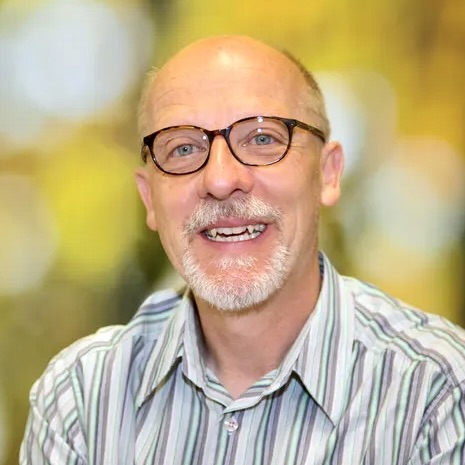You are not currently logged in. Please create an account or log in to view the full course.
Gravity in Space
- About
- Transcript
- Cite
Exploring the Universe
In this course, Dr Pete Edwards (Durham University) provides an epic exploration of the Universe. In the first mini-lecture, we compare gravity on Earth to gravity in space, such as on the Moon and in orbits around planets. In the second mini-lecture, we take a look at the telescopes that have helped us see what’s out there in the Universe, before delving into the big picture of where our galaxy sits within the Universe. The third mini-lecture turns towards how we can use light — specifically something called an emission spectrum and a process called redshift — to understand what gases and materials are in the Universe. In the fourth mini-lecture, we discuss two important models of the Universe, the Big Bang Model and the Steady-State Model, that were both put forth to explain the discoveries made by Edwin Hubble in the first half of the 20th century. In the fifth mini-lecture, we look at star formation and the life cycle of stars, which is highly dependent on the star’s mass, specifically going into detail on red giants, supernova, white and black dwarfs, neutron stars, pulsars, and black holes.
Gravity in Space
In this mini-lecture, we discuss gravity in space, focusing in particular on: (i) a demonstration that involves wringing out a wet washcloth in the International Space Station that is orbiting around Earth (done by astronaut Chris Hadfield); (ii) Newton’s Cannon, a thought experiment that helps us understand orbits and the concept of freefall; (iii) a video of an astronaut bunny hopping on the Moon; (iv) gravity on Earth (10 N/kg) compared to gravity on the Moon (1.6 N/kg); (v) the relationship between mass and gravitational field strength; (vi) orbits, which involve an acceleration due to the change in direction of the orbiting object; and (vii) a demonstration of the relationship between radius and velocity of an object in orbit.
Cite this Lecture
APA style
Edwards, P. (2022, January 14). Exploring the Universe - Gravity in Space [Video]. MASSOLIT. https://massolit.io/courses/exploring-the-universe/gravity-in-space-916f12a0-0ca3-4d2a-93b7-310e2a9ccb34
MLA style
Edwards, P. "Exploring the Universe – Gravity in Space." MASSOLIT, uploaded by MASSOLIT, 14 Jan 2022, https://massolit.io/courses/exploring-the-universe/gravity-in-space-916f12a0-0ca3-4d2a-93b7-310e2a9ccb34

